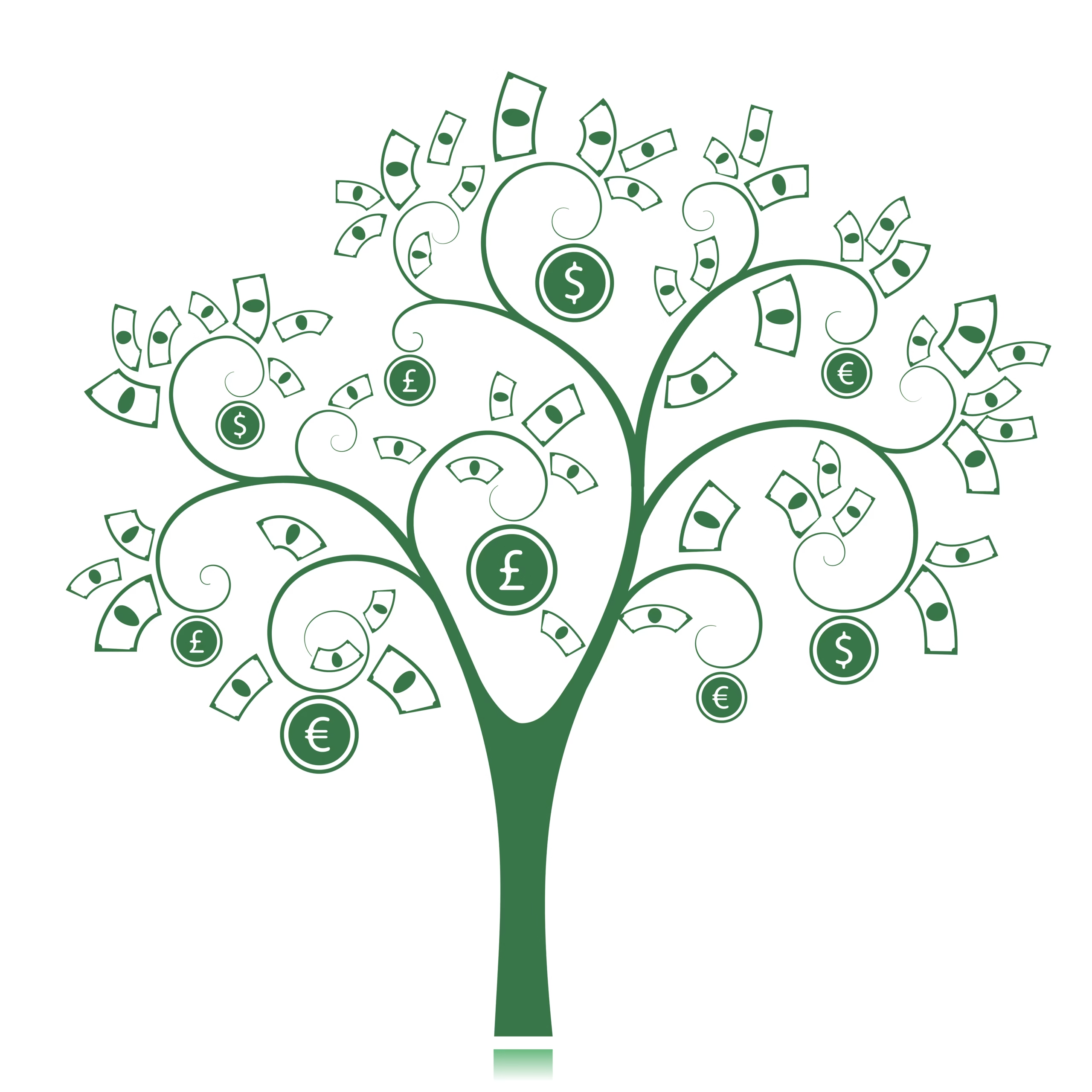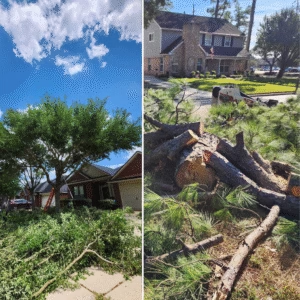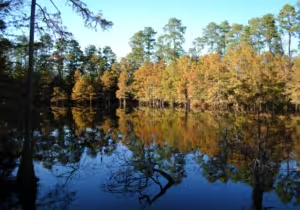When people discuss environmental initiatives, they often emphasize reducing emissions and protecting biodiversity. Yet, one critical aspect deserves more recognition: the Benefits of Climate Conscious Trees in driving economic growth. Beyond simply improving air quality or sequestering carbon, climate-conscious tree initiatives offer tangible financial advantages for local communities, businesses, and governments. These economic benefits include job creation, increased property values, eco-tourism opportunities, and even access to emerging carbon credit markets. In this comprehensive guide, we’ll explore how strategically planting and preserving trees can become a powerful engine for prosperity—and why communities worldwide are embracing these initiatives with renewed enthusiasm.
Table of Contents
- Defining Climate-Conscious Trees
- Job Creation and Workforce Development
- Property Values and Neighborhood Revitalization
- Eco-Tourism and Recreational Income
- Carbon Credits: Revenue Opportunities for Communities
- Balancing Profit with the Benefits of Climate Conscious Trees
- Conclusion
1. Defining Climate Conscious Trees
Before diving into the economic aspects, let’s clarify what climate-conscious trees actually are. These are trees planted—or consciously preserved—with a strategic aim to combat climate change. This can involve:
- Reforestation and Afforestation Projects: Large-scale tree planting in deforested or newly forested areas.
- Urban Forestry Initiatives: Establishing or expanding tree canopies in city environments to reduce heat islands, improve air quality, and enhance overall living conditions.
- Sustainable Agroforestry Systems: Integrating trees into farmland to boost soil fertility, crop yield, and resilience against climate extremes.
The common thread: each tree is cultivated or protected not only for environmental gains, such as carbon sequestration, but also to maximize economic and social benefits for the surrounding community.
2. Job Creation and Workforce Development
One of the most immediate and obvious Benefits of Climate Conscious Trees lies in job creation. Tree-related initiatives often require a diverse workforce:
- Nursery and Seedling Production: Skilled workers propagate seeds, cultivate saplings, and manage greenhouse operations to prepare trees for planting.
- Planting and Maintenance Crews: Laborers and arborists handle tree planting, pruning, and disease control. They ensure newly planted trees reach maturity.
- Data and Monitoring Specialists: Environmental scientists and technicians track metrics such as tree survival rates, carbon absorption, and biodiversity impact.
- Logistics and Operations: Administrators, drivers, and project managers coordinate transportation, fundraising, and community outreach programs.
Because these roles span different education and skill levels, climate-conscious tree initiatives can lead to broad-based employment opportunities—from entry-level labor to specialized scientific roles—contributing to workforce development in both urban and rural areas.
3. Property Values and Neighborhood Revitalization
Another key economic advantage stems from the positive impact on property values. A well-forested neighborhood is:
- More Attractive to Buyers: Tree-lined streets offer shade, aesthetic appeal, and a cooler microclimate, appealing to prospective homeowners.
- Associated with Lower Crime Rates: Studies suggest that increased green space in urban environments correlates with reduced crime and improved community well-being.
- A Catalyst for Infrastructure Investments: When property values rise, local governments often gain a more robust tax base, leading to better infrastructure and community programs.
Over time, this cycle of improvement feeds into neighborhood revitalization. More attractive properties mean higher demand, which in turn encourages further investment—such as local businesses, cultural events, and improved public spaces.
4. Eco-Tourism and Recreational Income
Communities that champion the Benefits of Climate Conscious Trees can also draw income from eco-tourism and related recreational activities:
- Nature Trails and Parks: Forests or wooded areas with walking paths, biking trails, and visitor centers can bring in entrance fees or donations.
- Guided Tours and Educational Programs: Local experts can lead tours showcasing native trees, wildlife habitats, and conservation efforts.
- Lodging and Hospitality: As visitor traffic grows, nearby restaurants, bed-and-breakfasts, and souvenir shops flourish, spurring entrepreneurial opportunities.
The presence of healthy, mature trees can transform an otherwise unremarkable area into a scenic haven for nature lovers—opening a steady, low-impact revenue stream that supports further conservation efforts.
5. Carbon Credits: Revenue Opportunities for Communities
In recent years, carbon credits have emerged as one of the most compelling Benefits of Climate Conscious Trees—turning reforestation and afforestation projects into financially rewarding ventures.
How Carbon Credits Work
- Measurement and Certification: Authorized bodies (like Gold Standard, Verified Carbon Standard) verify that a specific forestry project is capturing a quantifiable amount of carbon dioxide.
- Issuance of Credits: Each metric ton of CO₂ sequestered is converted into a tradable credit.
- Market Access: Communities or organizations can sell these credits on voluntary or compliance carbon markets to corporations looking to offset their emissions.
Financial Implications
- Additional Revenue Stream: Profits from carbon credits can fund further tree planting or other community projects (e.g., schools, clinics).
- Attracting Investors: Demonstrated carbon sequestration potential and transparent bookkeeping can draw in socially responsible investors or sponsors.
- Risk Mitigation: Communities often reinvest earnings into forest protection (firebreaks, pest management) to maintain and grow carbon stock over time.
6. Balancing Profit with the Benefits of Climate Conscious Trees
Despite the clear economic perks, sustainability must remain a top priority. Monoculture plantations might yield quick financial returns initially, but can degrade soil health, reduce biodiversity, and ultimately undermine community resilience. A truly climate-conscious approach demands:
- Biodiversity and Ecological Health: Planting a mix of native species to foster robust ecosystems capable of weathering climate extremes.
- Community Engagement: Involving local residents in decision-making helps ensure they have a vested interest in preserving these trees for the long haul.
- Transparent Reporting and Accountability: Publicly tracking progress in both carbon sequestration and socio-economic uplift builds trust with potential investors, residents, and governmental bodies.
Conclusion
Exploring the Benefits of Climate Conscious Trees reveals a compelling synergy: environmental stewardship and financial growth can go hand in hand. By investing in tree-planting initiatives—whether in city centers or rural landscapes—communities can reap rewards that stretch far beyond a greener skyline. These range from robust job markets and higher property values to thriving eco-tourism and carbon credit revenue.
The key is to blend ecological principles with economic incentives in a transparent, community-focused manner. When done right, climate-conscious tree projects become catalysts for transformative change, ensuring both a healthier planet and more prosperous communities for generations to come.
Local Services to Maintain Climate-Conscious Trees
Even the most climate-conscious trees occasionally need professional care. Whether you’re looking to improve tree health, remove a hazardous trunk, or respond to unexpected storm damage, enlisting expert help can keep your landscape both safe and sustainable. For pruning and shaping, consider tree trimming services; if a tree becomes structurally unsound or diseased beyond recovery, tree removal services may be necessary. In urgent circumstances, such as storm-damaged or dangerously leaning trees, emergency tree services ensure quick action to protect people, property, and the surrounding ecosystem.




